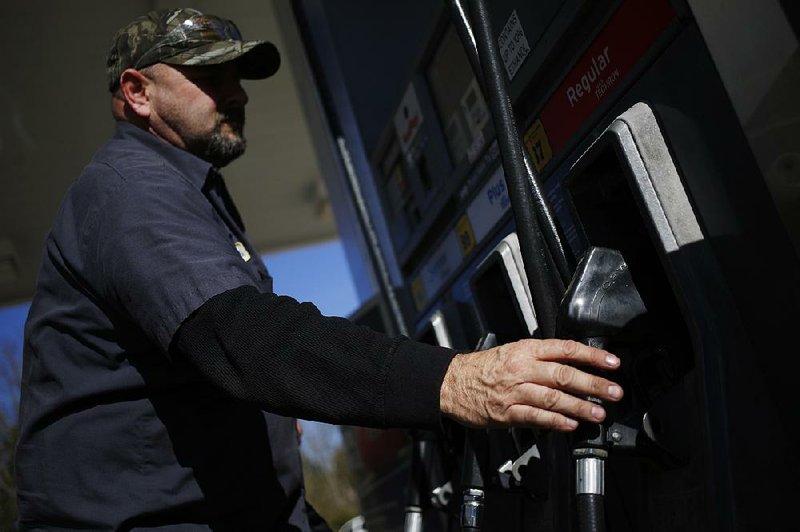Chevron Corp. on Friday posted its first annual loss since at least 1980, signaling the difficulties faced by the world's biggest oil companies as they struggle to emerge from the worst oil price collapse in a generation.
The company had a $497 million loss last year and failed to replace all of the crude and natural gas it pumped with new reserves, San Ramon, Calif.-based Chevron said in a statement on Friday. Shares slumped the most in four months.
As the first so-called supermajor oil company to post year-end results, Chevron's results may foreshadow bleak news for an industry battered by the oil-market crash that began in mid-2014. After hundreds of thousands of job cuts, billions of dollars in asset sales and the accumulation of large debt loads to endure the collapse, investors have been optimistic that oil producers who survived the darkest days are on the cusp of a new era of growth.
Fourth-quarter net income of $415 million, or 22 cents a share, was lower than all 20 estimates from analysts in a Bloomberg survey. During the final three months of 2016, the company's refineries earned $357 million, less than half the $762 million expected by analysts at Barclays. Narrower margins and downtime at a California plant eroded performance in the business, according to the statement.
Chevron shares fell $2.76, or 2.4 percent, to close Friday at $113.79.
Chevron added the equivalent of 900 million barrels of oil to its reserves last year, or 95 percent of what it produced, according to the statement. The new reserves involved oil and gas fields in Kazakhstan, Australia and the Permian Basin beneath Texas and New Mexico. Reserves are a key indicator of future profit potential for investors.
Chevron announced plans last month to curtail spending on drilling and other projects for a fourth-straight year, a stark contrast to U.S. shale explorers who are responding to the uptick in crude prices with ambitious expansion plans. While Chevron is cutting its budget for 2017 by 15 percent, shale drillers Continental Resources and Diamondback Energy are lifting spending by 77 percent and 106 percent, respectively.
Despite the belt-tightening, Chevron is on pace to spend about $2 billion on shareholder dividends each quarter. That equates to about $1 million an hour. Bigger rival Exxon Mobil Corp. is set to disburse about $3.1 billion per quarter in payouts.
A slew of oil-company earnings releases are scheduled in the next two weeks: Exxon is to report results Tuesday, followed by Royal Dutch Shell on Thursday, BP on Feb. 7 and Total on Feb. 9.
Brent crude, the international benchmark, averaged $51.06 a barrel in the final three months of 2016, 14 percent higher than a year earlier, according to data compiled by Bloomberg. U.S. natural gas posted an even stronger 42 percent gain to average $3.177 per million British thermal units for the quarter.
Business on 01/28/2017

